Early Beginnings (1589-1604)
Domenico Fetti, the enigmatic artist of the late 16th and early 17th centuries, embarked on a remarkable journey that began in the year 1589, most likely within the bustling city of Rome. Join us as we delve into the intriguing life and artistry of Domenico Fetti, a master of his craft.

Guided by a Mysterious Mentor (1604-1610)
His artistic roots trace back to his father, Pietro Fetti, an elusive painter, leaving us with a shroud of mystery surrounding his early years. Domenico’s journey into the world of art truly began when he found himself under the tutelage of Ludovico Cardi, known as Il Cigoli, a prominent painter who arrived in Rome in 1604. But what about his alleged studies under Andrea Commodi? Let’s explore these early artistic influences.
A Melting Pot of Inspirations (1610-1614)
Domenico’s artistic evolution shines through his early works, dated roughly between 1610 and 1614. These pieces reflect a fascinating blend of artistic influences from Rome. Think of it as a medley of artistic styles, where traces of Peter Paul Rubens and other talented artists from the Low Countries merge with the landscapes crafted by the German painter Adam Elsheimer. We also see hints of Federico Barrocci, Annibale Carracci, Caravaggio, and Orazio Borgianni in his early creations. Join us in uncovering this artistic tapestry.
Venetian Awakening (1614-1621)
Guided by Cigoli and captivated by the works of Rubens and Carracci, Domenico’s curiosity led him to the enchanting world of 16th-century Venetian art. Around 1611, or possibly even earlier, a pivotal friendship blossomed between Domenico and Cardinal Ferdinando Gonzaga, later the Duke of Mantua. This connection propelled Domenico and his family to Mantua in 1613 or 1614, where his role as a court painter marked the beginning of a significant chapter in his artistic journey.
Mantua: A Canvas for Venetian Inspiration (1614-1621)
Mantua provided Domenico with a rich canvas to explore the Venetian masters of the 16th century. Initially, his commissions revolved around devotional pieces and altarpieces located beyond the court’s confines. However, as time passed, he undertook monumental decorative projects for the Palazzo Ducale. The year 1618 marked the establishment of his bustling workshop, where dedicated assistants and students diligently reproduced his works. Even his family, including his sister Giustina, who adopted the name Lucrina upon entering the convent of Sant’Orsola, played an active role in his artistic pursuits.
Wanderlust and Artistic Sojourns (1618-1622)
Domenico’s life was punctuated by artistic expeditions to various cities, including documented trips to Venice and Bologna. His first known visit to Venice took place in 1621, where he undertook an art-buying mission on behalf of Duke Ferdinando. The year 1622 brought a sudden and hasty departure from Mantua to Venice, prompted by a disagreement during a soccer match with a clergyman. Although the initial dispute with the Duke was resolved, Domenico remained hesitant to return to Mantua for various reasons. His growing popularity among Venetian nobility, especially Giorgio Contarini dagli Scrigni, and a commission for a grand canvas at the Palazzo Ducale kept him anchored in Venice.
A Tragic End and an Artistic Legacy (1623)
The poignant conclusion of Domenico Fetti’s life unfolded in Venice in April 1623 when he passed away unexpectedly. His final works continued to echo the influence of the 16th-century Venetian masters, cementing his reputation as one of their own. Remarkably, his artistic legacy thrived more in Venice than in Mantua, where his studio members struggled to carve out their own niches.
Echoes of Fetti’s Style (17th Century)
As the 17th century dawned, artists in Venice and beyond drew inspiration from Domenico Fetti’s distinctive style. The legacy he left behind, characterized by fluid brushwork, vibrant colors, and captivating light effects, continued to influence generations of artists. In this section, we explore the artists who were touched by the magic of Fetti’s artistry, including Johann Liss, Pietro della Vecchia, and Sebastiano Mazzone.
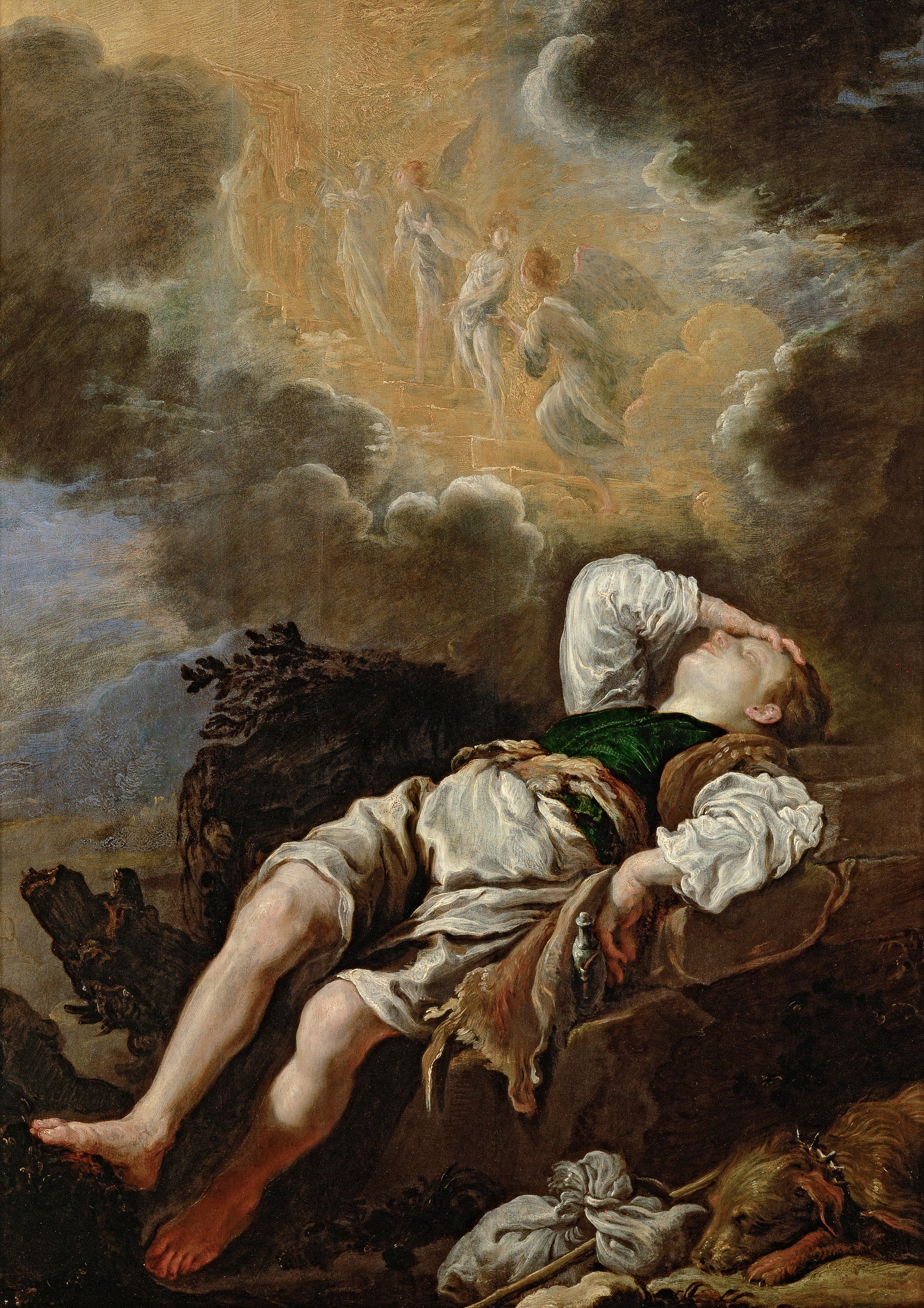


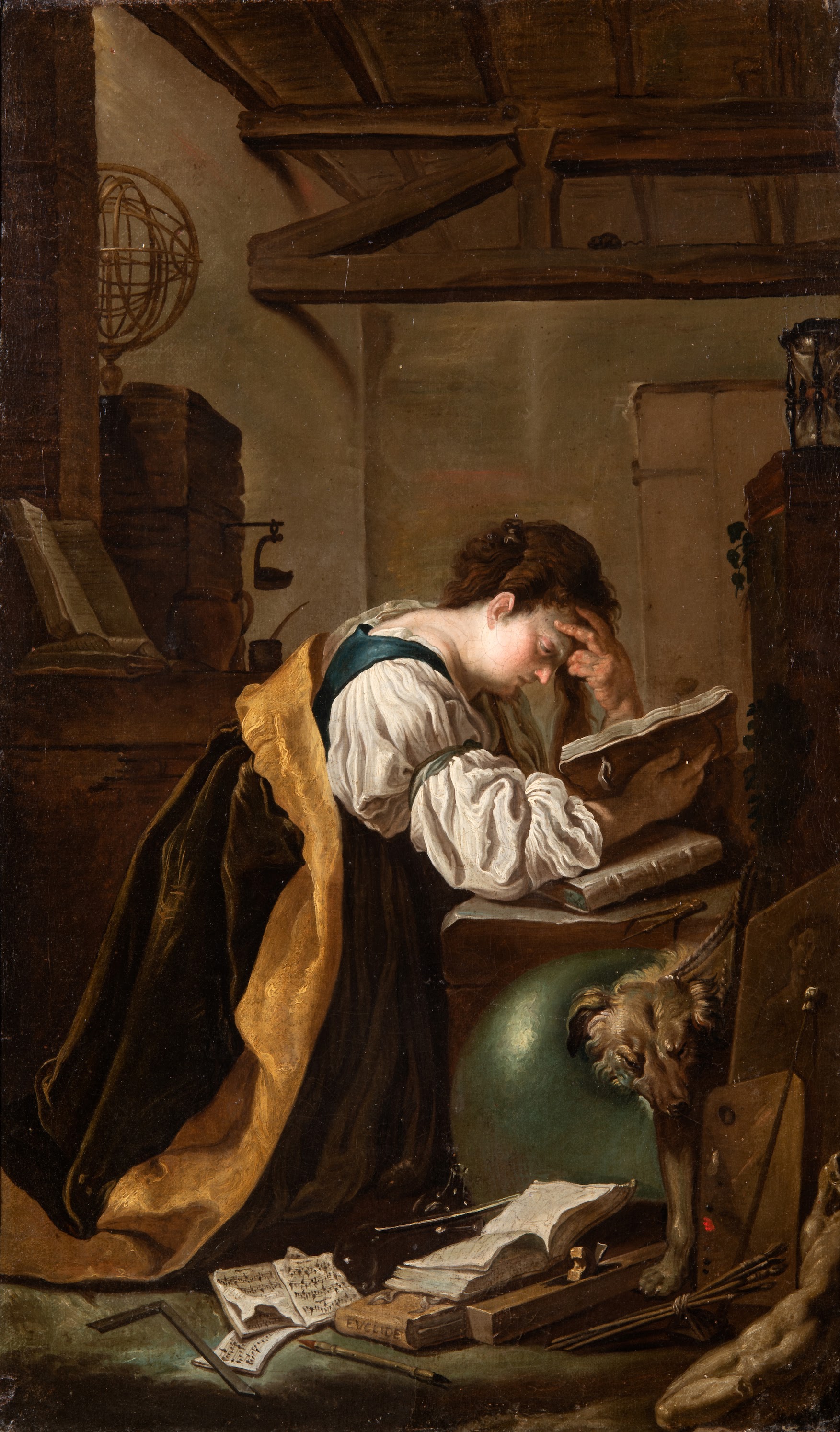



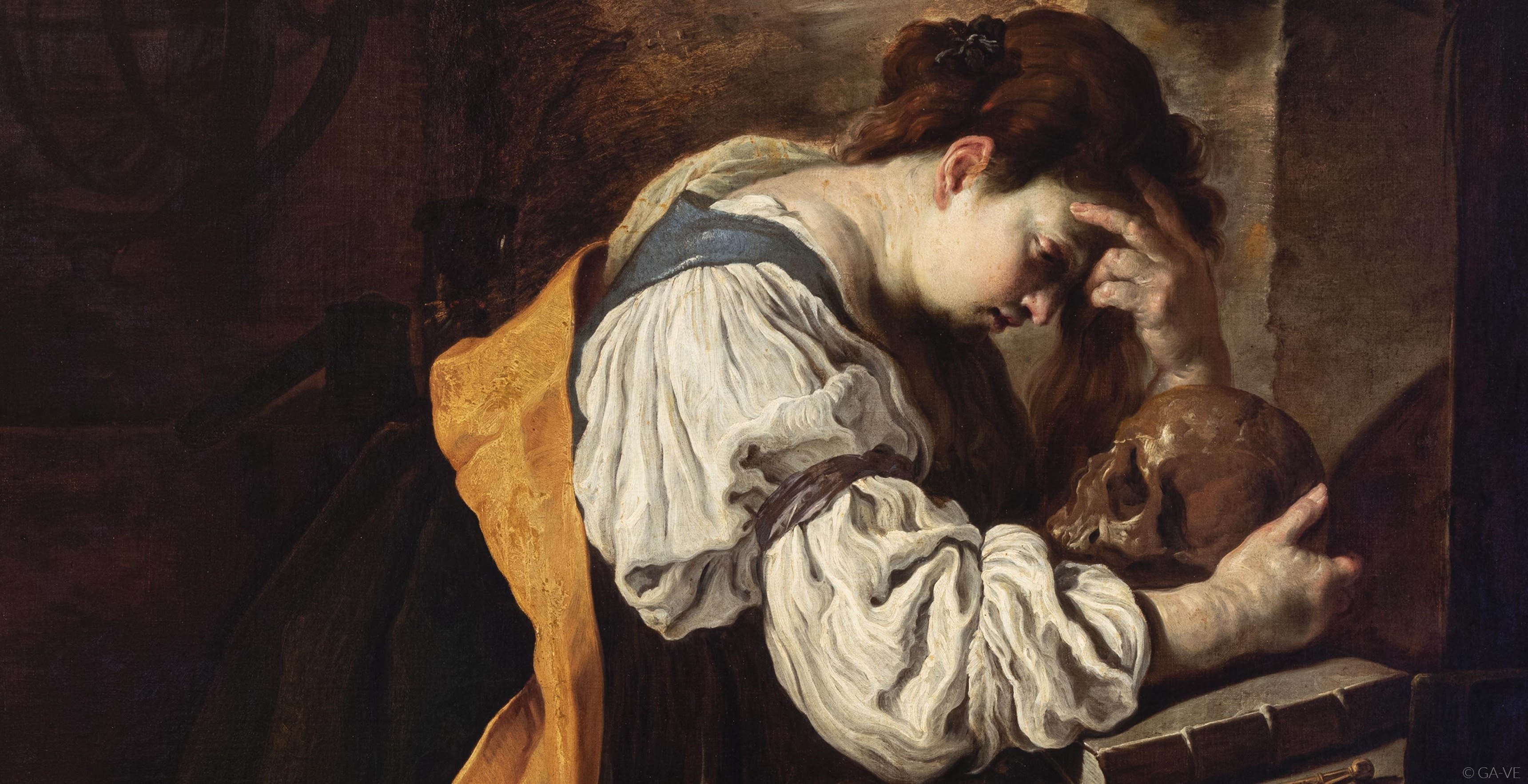
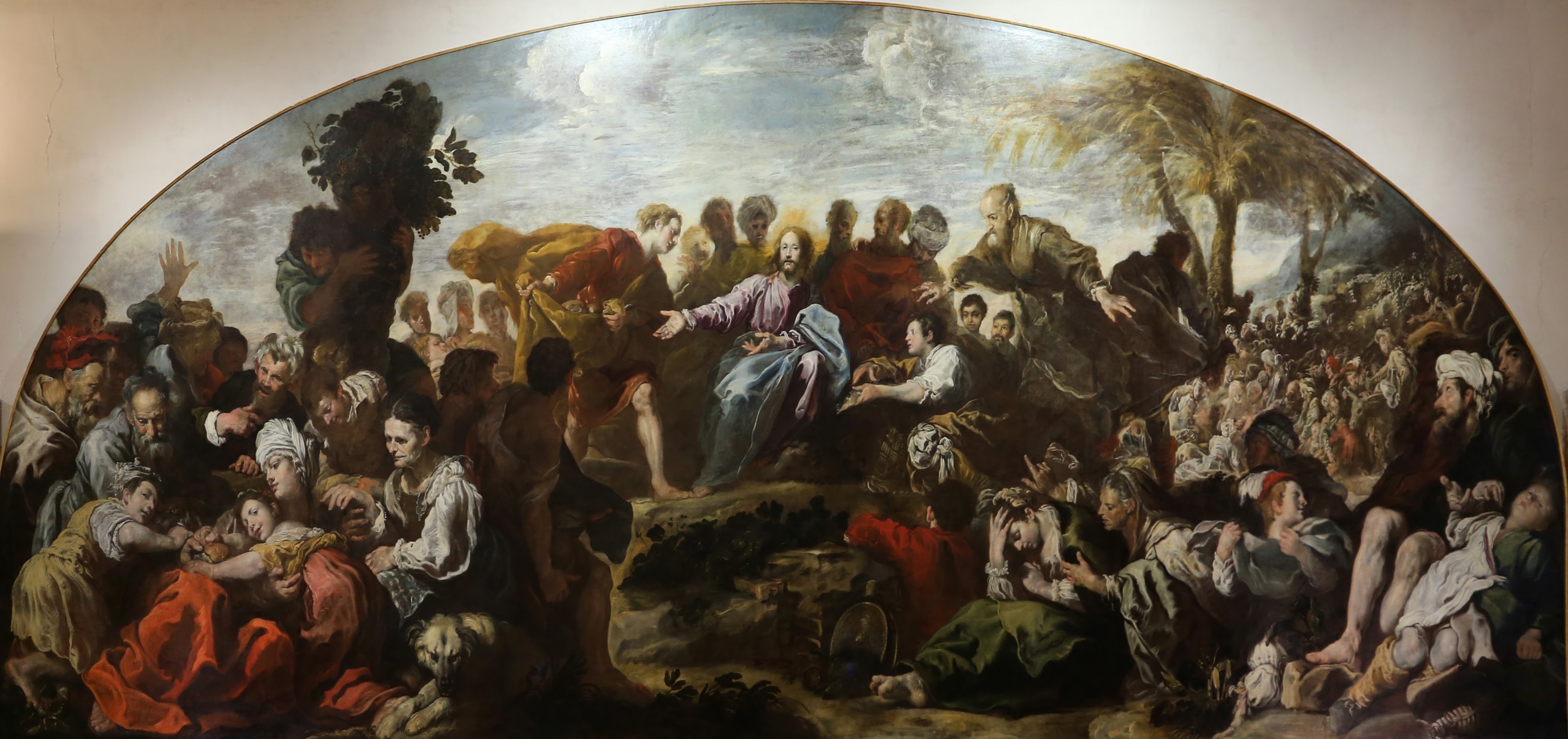

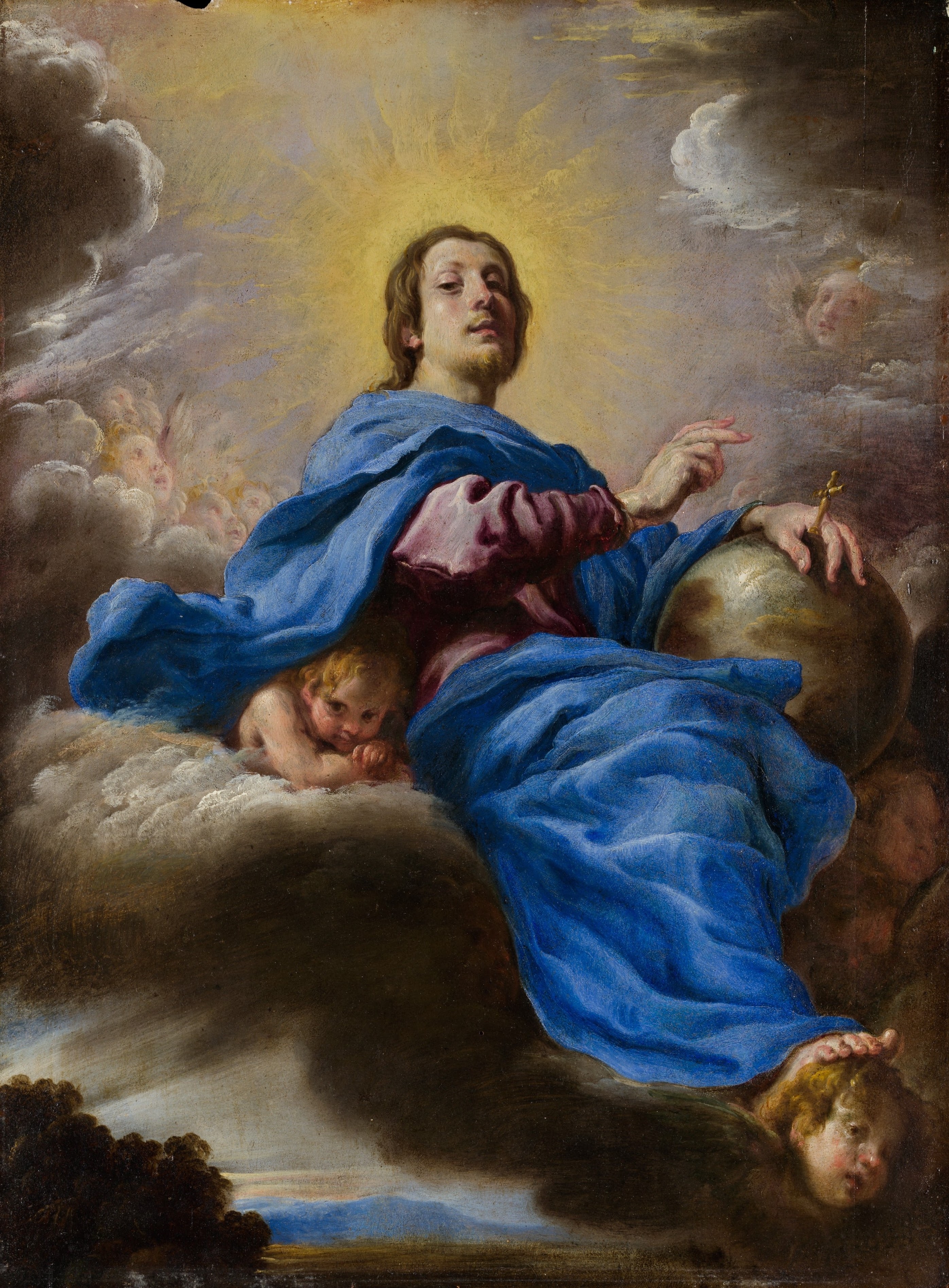




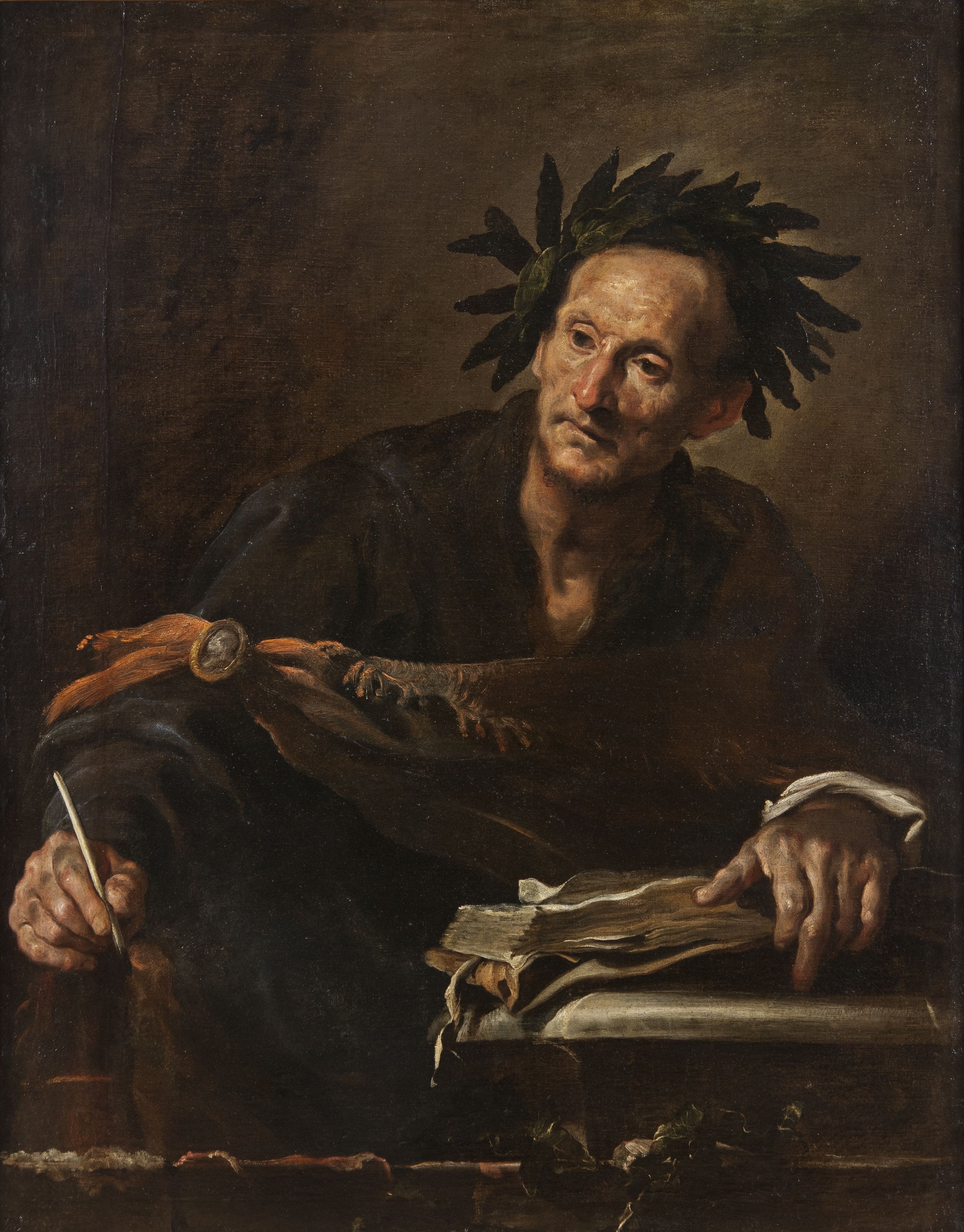

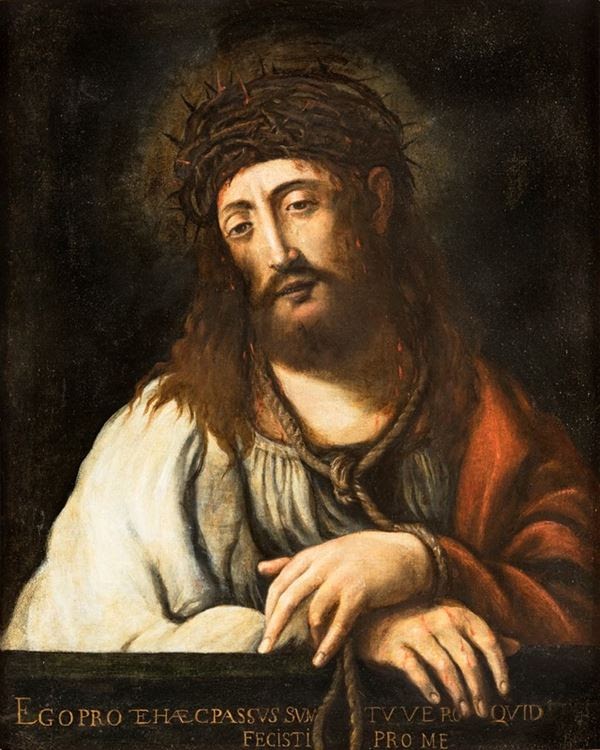


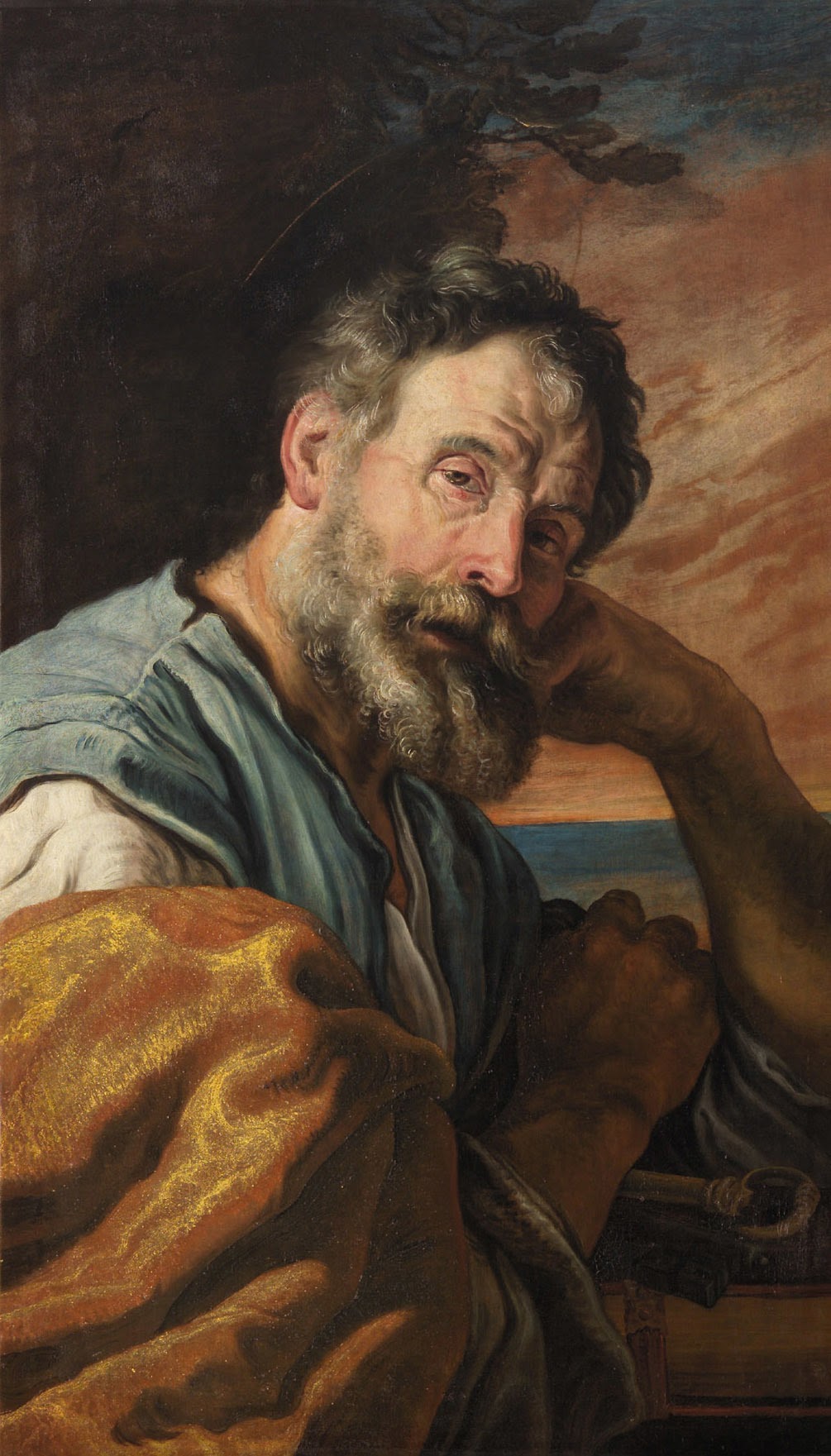
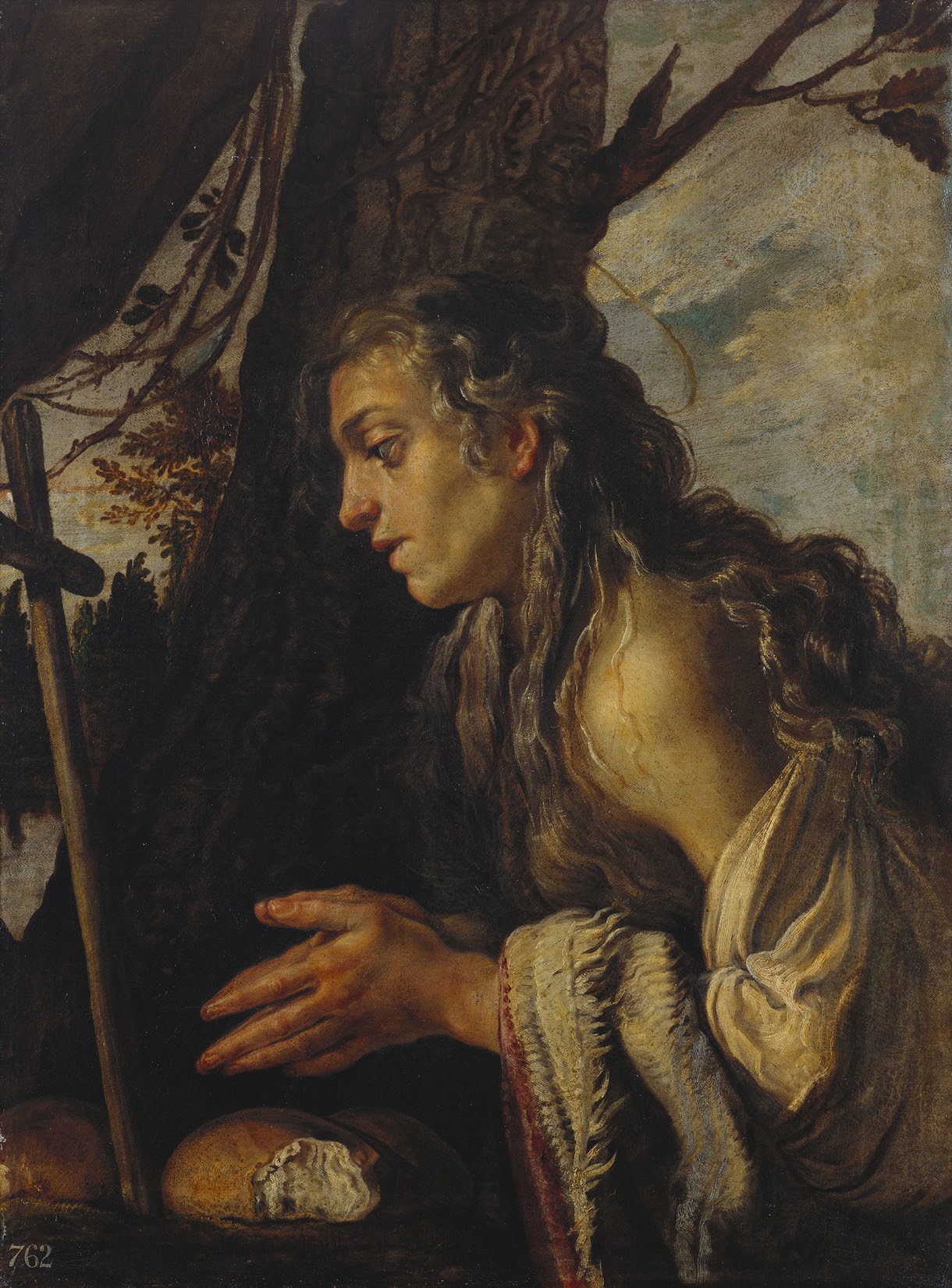


References: National Gallery of Art, Washington, D.C.